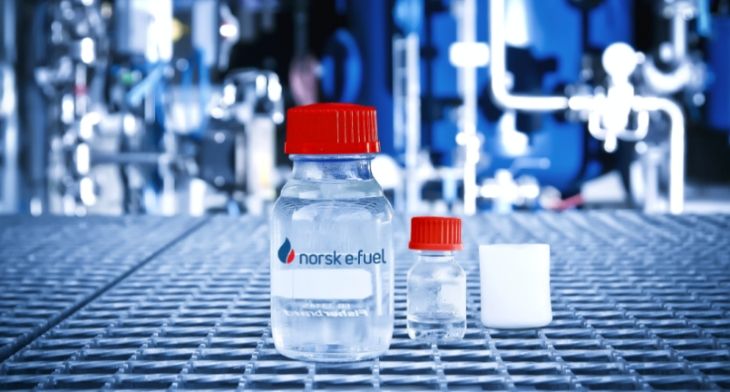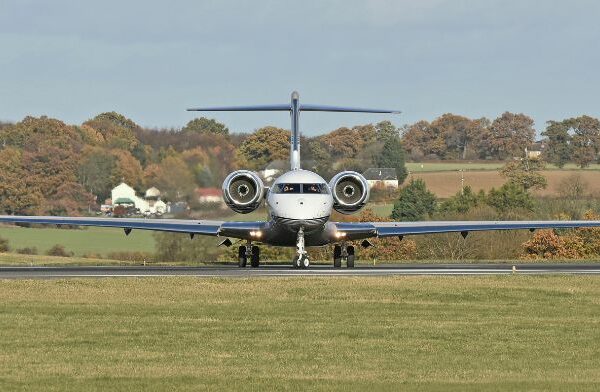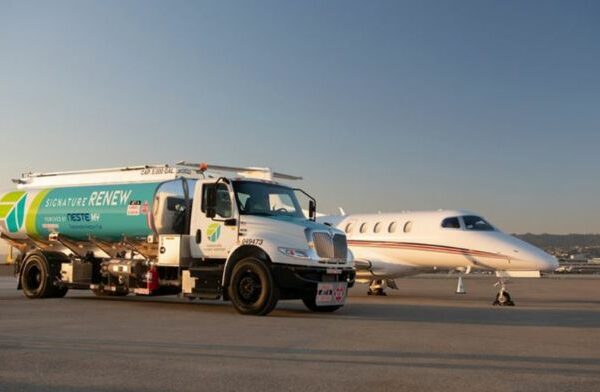


Norsk e-Fuel, a new European industry consortium headquartered in Oslo plans to industrialise Power-to-Liquid technology in Norway for the European market. The state-of-the-art project will allow the conversion of Norway’s extensive renewable electricity resources into renewable fuels.
The joint venture is comprised of four partners: Sunfire GmbH (a leading PtL-technology provider), Climeworks Ag (the pioneer in CO2 air capture technology), Paul Wurth SA (an EPC company for steel manufacturers, and Valinor (the largest private wind power developer in Norway).
“We are proud to have the best industry players including our Norwegian business partners on our side to realise this important project,” said Norsk e-Fuel General Manager, Karl Hauptmeier. “Together, we combine the necessary corporate strength with the most advanced and efficient technologies to convert Norway’s extensive resources of wind-and hydropower into renewable fuels.”
With the European transport sector still heavily reliant on fossil fuels, this new project offers the opportunity for radical change towards climate-neutral transportation. Planning of the first plant to be located at Herøya Industry Park in Porsgrunn is already well underway.
Climeworks co-founder and co-CEO Christoph Gebald describes the project as “staggering.” He explains that Norsk e-Fuel makes the supply of renewable fuel possible on a scale that is larger than has ever been achieved before. This is crucial, he says, “if we are to make global transportation truly sustainable.”
With a production capacity of 10 million litres annually, the first plant will go into operation in 2023. This plant will be upscaled 10-fold to produce 100 million litres of renewable fuel before 2026, saving 250,000 tonnes of CO2 emissions from industries, such as the aviation industry , every year. The upscaled, industrial-sized plant can then serve as a blueprint for a nationwide roll-out of the project.
Valinor’s founder, Lars Helge Helvig, explains that, “One industrial scale plant will provide enough blended renewable fuel for the top five domestic aviation routes in Norway combined (Oslo-Trondheim, Oslo-Bergen, Oslo-Stavanger, Oslo-Tromso and Oslo-Bodo.” This, he added would cut current flight emissions between these cities by about 50%.”





